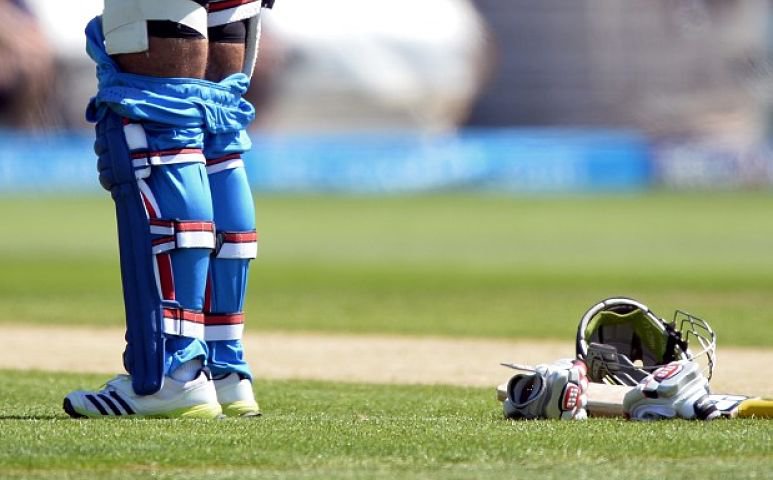In order to bring about a balance between bat and ball, the game’s lawmakers – Marylebone Cricket Club (MCC) – has recommended limiting bat size edges and depths.
In addition, the MCC’s World Cricket Committee, headed by former England captain Mike Brearley that met here for two days ending today, has also come up with the radical suggestion of introducing a football-hockey-like red card as punishment for violent acts on the cricket field.
The committee also deliberated on the ball-tampering laws which it felt will remain unaltered, was split vertically on the possibility of reducing Test cricket from a five-day affair to a four-day one, it was announced by Brearley, former Australian captain Ricky Ponting, former Pakistan opener Rameez Raja and MCC’s head of cricket – John Stephenson.

Other recommendations included urging the International Cricket Council, the world body governing the game, to continue to work towards introducing a World Test Championship and presenting the case for cricket at the Olympic Games and changing the law on ball striking a fielder’s helmet, it was announced by the panel.
All these recommendations will be sent to the main MCC Committee and if approved these changes will be implemented into the new code of the Laws of Cricket, which will be introduced on October 1, 2017.
On the suggestion to reduce the bat size, Ponting said that 60 per cent of the world’s professional players supported the decision to limit them to 40 mm on edges and 67 mm for depths, including 7 mm for curvature.
“We want to limit the edges to 38-42 mm. Some of the players have edges in excess of 50mm. We are happy with what we have come up which will restore the balance between the bat and the ball. We have seen top-edges and leading edges going for sixes. Even with the limit in bat size big hitters can still clear the ropes,” said Ponting.

On the question of the player being red carded Brearley said it will act as a deterrent.
“We discussed the yellow card (temporary) suspension too but then decided against it. The red card is for most extreme cases only,” the former England opener said.
As per the suggestion, umpires will be given the power to eject cricketers from a game for serious disciplinary breaches.
The player can be removed for threatening an umpire, physically assaulting another player, umpire, official or spectator or for any other act of violence on the field of play.
The reason for this radical suggestion was that cricket is one sport in which there is no in-match punishment for poor behaviour of the player by the umpires, the committee felt.
The change in the law striking a fielder’s helmet says that catches and stumpings will be permitted after the ball has struck a fielder’s worn helmet. At present catches and stumpings may be taken off a wicket keeper’s pads, the use of which is optional, and so it seems unfair that they should not be permitted after hitting a helmet, the wearing of which has become compulsory in the game in some countries, the committee said.
The change for the caught law will include a ball becoming lodged or trapped in the grille of the fielder’s helmet, in the same way as it is caught if it gets trapped between the wicket keeper’s pads or in a fielder’s sweater or pocket, the committee stated.
The committee also discussed four-day Tests and day-night Tests and was split on the former suggestion.

















